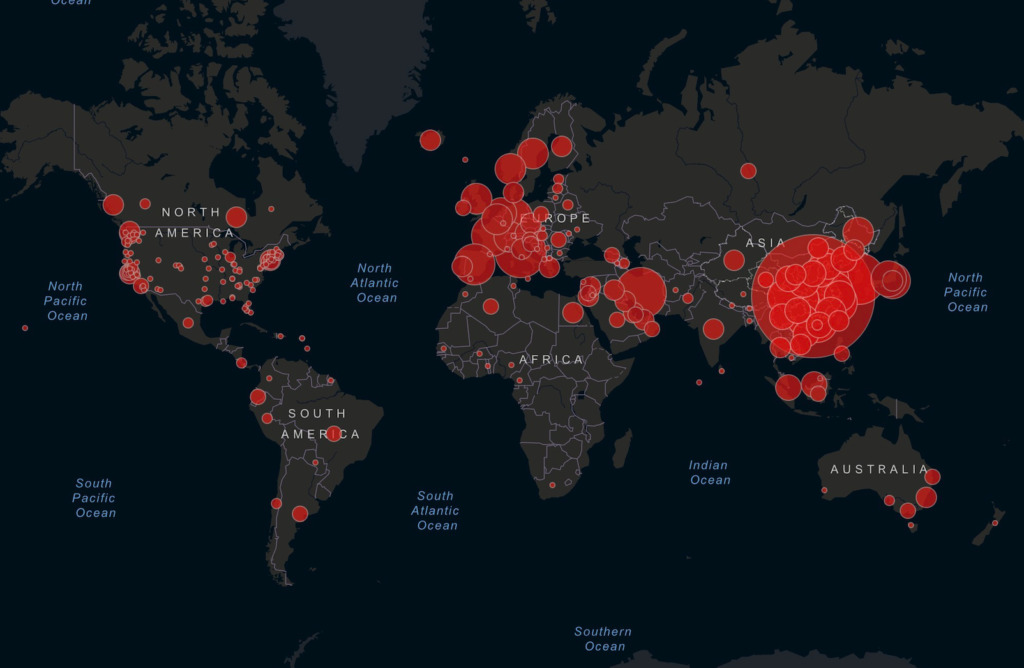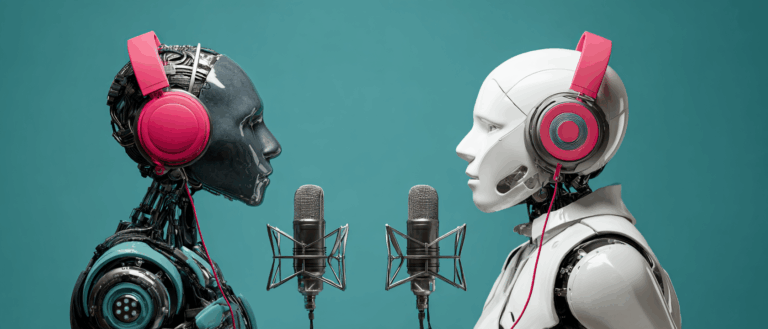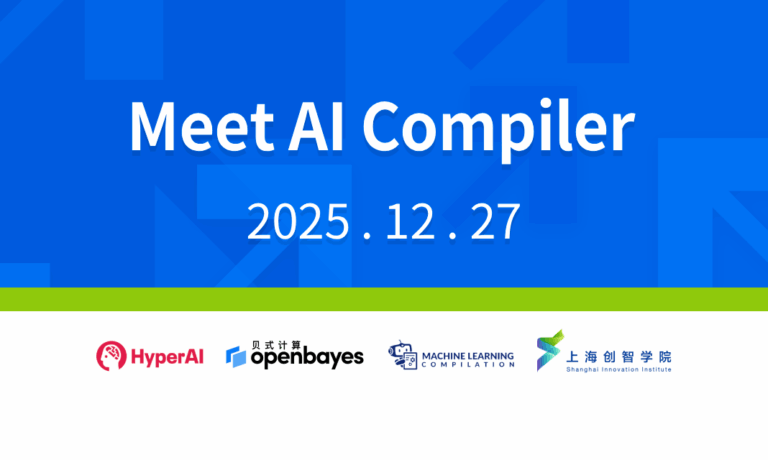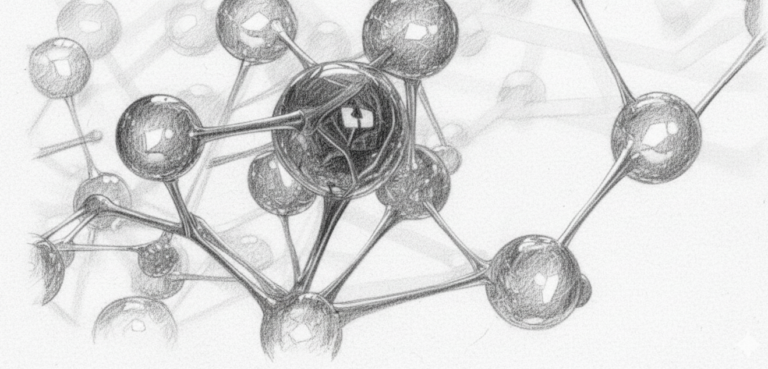Command Palette
Search for a command to run...
Google's Official Blog Shows Its Epidemic Report card. BAT: Naive, We Are down-to-earth

Since the outbreak of the epidemic, many technology companies have joined the fight against the epidemic and provided strong support for all aspects of epidemic prevention and control. The many measures they have implemented have made life more convenient for many people at this stage.
The new coronavirus epidemic continues to spread, with confirmed cases reported in 109 countries around the world.
Although the epidemic situation is severe, at this critical moment, technological forces such as AI, big data, and cloud computing have provided a lot of convenience for our fight against the epidemic.
Google, BAT and other companies have launched a number of measures to assist in epidemic prevention and control from all aspects.
Google: From search to virus research, everything
On March 6, Google CEO Sundar Pichai sent a memo to company employees detailing the company's massive response to the health crisis.
Pichai said this is an "unprecedented moment" and that Google must "remain calm and responsible because a lot of people are counting on us."

Currently, Google hasEstablish a 24-hour incident response team in sync with the World Health Organization,And leaders meet daily to make important decisions in offices around the world.
In doing so, Google weighed many science-based factors, including guidance from local health departments, community transmission assessments, and Google's ability to continue providing people with our products and services.
Specifically, Google's work during the epidemic can be divided into the following five aspects:
1. Help people find useful information
People are searching Google for vaccine information, travel advice, and prevention tips (for example, in the US, searches for “coronavirus cleaning tips” surged by more than 1,700% last week). SOS Search Alerts provides people with the latest news and safety tips, and links to more authoritative information from the World Health Organization (WHO).
For people specifically looking for information about symptoms, prevention or treatment, Google is working to expand knowledge sections for health conditions, including COVID-19.
On YouTube, Google directed users to the WHO or other locally relevant authoritative organizations, and gave free advertising space to governments and non-governmental organizations in affected areas for use in education and information dissemination.
Additionally, Google Maps continues to provide useful and reliable local information.
2. Remove false information to prevent people from being misled
The Google Trust & Safety team has been working around the clock around the world to protect users from phishing, conspiracy theories, malware, and misinformation.On YouTube, Google is working to quickly remove any content that claims to protect against the coronavirus.
On Google Ads,Blocked all ads that exploit the coronavirus.Tens of thousands of ads have been blocked in the past six weeks.
In addition, they help the WHO and government organizations to place PSA ads (public service announcements). Google Play also prohibits developers from exploiting sensitive events, and in terms of content policy, they will strictly prohibit misleading or harmful medical or health-related content for a long time.
3. Improve productivity for remote workers and students
Starting this week until July 1, 2020,Rolling out premium Hangouts Meet video conferencing features to all G Suite and G Suite for Education customers for free.

Currently, corporate employees, educators, and students are using products such as Gmail, Calendar, Drive, Classroom, Hangouts Meet, and Hangouts Chat, as well as products such as G Suite for Education, which can help them improve the efficiency of remote work and learning.
Additionally, Google has increased resources to support the growing demand for public live streaming on YouTube.
4. Support disaster relief efforts and government organizations
Google will provide $25 million in donated advertising grants to the WHO and government agencies, with more grants to be made throughout the year.
Google Cloud will continue to work with federal, state, and local governments to help them connect with citizens and returning travelers in disaster-affected areas.In Singapore, Google Cloud worked with the government to implement a chatbot on its website, which helps answer citizens’ most common questions.
Google is also working with governments around the world to help nonprofits spread authoritative public information about COVID-19 through Google Ads.
5. Advancing health research and science
Google-owned DeepMind has released structural predictions for several proteins associated with SARS-CoV-2, the virus that causes COVID-19, using the latest version of its AlphaFold system, which builds on previous protein-folding research published in Nature.

The system uses a deep learning system to predict protein structures. While these structural predictions have not yet been experimentally validated, the hope is that by accelerating their release, it may help the scientific community understand how the virus works, as well as experimental work in developing future treatments.
Google's parent company Alphabet's healthcare subsidiary Verily (formerly known as Google X Life Sciences) is developing a small temperature patch that you can wear with you.It transmits data to a mobile phone app to provide timely fever notifications and support early diagnosis and treatment of diseases such as influenza or COVID-19.
BAT: Epidemic maps, AI diagnosis, etc. are launched online as soon as possible
Since the outbreak of the epidemic, domestic technology companies have been at the forefront of the fight against the epidemic. Due to space limitations, we will only take BAT as an example to understand how technology companies use technology to prevent the epidemic.
Baidu
Baidu App: During the epidemic, Baidu App launched a free medical consultation platform where users can see doctors online and consult on issues related to diseases such as pneumonia.
Baidu Map: Baidu Maps also provides users with real-time information on the response to the new coronavirus, including traffic control, designated hospital locations and the locations of infected cases.
Baidu Maps migration big data platform provides users with data on population inflow and outflow in each city, helping to track population migration and predict the spread of the virus within China, providing a reference for epidemic prevention and control.
In addition, Baidu Maps was launched on February 14. "Epidemic Area" thematic map,It allows users to more intuitively and quickly understand epidemic information such as places where confirmed cases of COVID-19 have been active near their cities and communities, covering more than 200 cities.

Baidu Map's fever clinic map has accumulated information on tens of thousands of fever clinics in 361 cities across the country.
Face Recognition: Baidu uses artificial intelligence technologies such as facial recognition to deploy in public places such as train stations and hospitals. AI multi-person rapid temperature detection solution can measure the temperature of nearly 200 people per minute.
Even if people are wearing masks or hats, the facial recognition model can accurately identify them and point out people who are not wearing masks or wearing them incorrectly."AI Mask Inspector" is online, checking mask wearing status in 0.3 seconds"There is a detailed introduction in .
Alibaba
DingTalk resumption of work platform: On February 8, Alibaba's DingTalk enterprise resumption of work platform was officially launched. The system connects the employee health check-in and enterprise resumption of work application links, allowing enterprise managers to easily complete the daily collection of employee health conditions and resumption of work applications.
AI interpretation of CT images: On February 15, DAMO Academy and Alibaba Cloud jointly developed a new AI diagnostic technology for the clinical diagnosis of COVID-19, which can interpret CT images of suspected COVID-19 cases.The accuracy of the analysis results reaches 96%, and the time does not exceed 20 seconds, which greatly improves the diagnostic efficiency.

Health Code: To help all industries resume work accurately, Alipay has launched a "health code" based on big data. Users log in to the Alipay system, fill in their personal information, and fill in a form about their personal health status. The system will then generate three different colors of QR codes: red, yellow, and green, as a standard for determining whether an individual can go out or move.

If the user gets a red QR code, it means he needs to be quarantined at home for 14 days; yellow means quarantine for 7 days; only if he obtains a green QR code can he go out and work.
Tencent
Epidemic Information: Starting from January 25, Tencent, relying on WeChat and other platforms, has launched a number of special functions and sections related to epidemic prevention and control for all members of society, including epidemic updates, rumor refutation, hospital inquiries, and visits to communities by new pneumonia cases. It promptly releases authoritative and reliable epidemic information and medical guidance, opens an entry for reporting wildlife trafficking and clues, and provides services to all sectors.
Online free clinic: On January 30, Tencent joined forces with five major Internet medical service platforms, including WeDoctor, Good Doctor Online, Penguin Almond, Yilian, and Dingxiang Doctor, to provide free online medical services in response to the novel coronavirus pneumonia epidemic.
Registration code: On March 2, in order to ensure the safety of citizens' travel during the epidemic, Tencent is promoting the "ride registration code" digital epidemic prevention plan. When the public takes public transportation, they can use WeChat to scan the "ride registration code" to register for the ride.

Therefore, when an epidemic occurs, the health department can notify fellow passengers via SMS or WeChat as soon as possible based on the passengers' registration information, so that passenger information can be checked and traced.
In order to reduce the possibility of human-to-human transmission, Tencent Classroom supports online teaching by offline institutions without commission, and Penguin Tutoring offers free winter vacation systematic courses to primary and secondary school students across Hubei Province to help children study without leaving home.
These technology companies have many more technological anti-epidemic measures that are not listed here one by one. These cases are enough for us to see the important role that technology has played in the current epidemic prevention and control work.
Sources:
https://blog.google/inside-google/company-announcements/coronavirus-covid19-response/amp/?from=timeline&isappinstalled=0
http://yingxiao.baidu.com/new/home/product/product?id=301&ly=kyzt
-- over--








